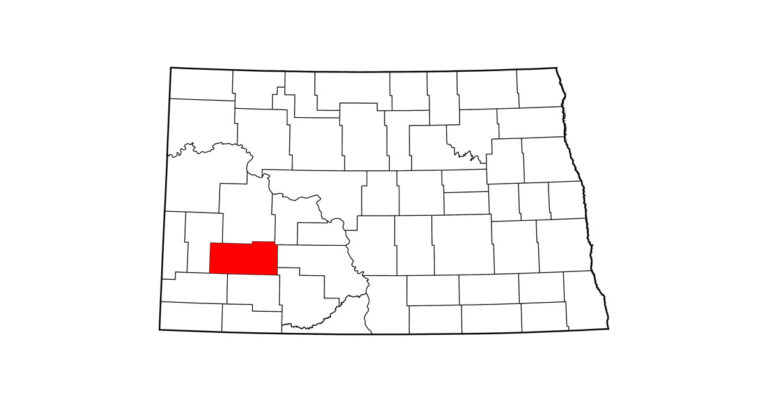Over the last five decades, veterinary care and best practices for horse health and management have undergone extraordinary advancements, driven by improvements in technology and research methods. Since the first issue in January 1973, Practical Horseman has informed readers of the latest findings and developments so they can provide the best possible care for their horses. Nutrition guidelines, fly protection, corrective shoeing—you name it, PH has covered it.

Below are some of our favorite health guidelines from the last 50 years. These tips are excerpted from 50 Health and Management Tips, which was written in celebration of Practical Horseman’s 50th Anniversary.
- [For a horse who is cast]: “If your horse is wearing a blanket, use it as a skid. Unbuckle it at the chest (watching out for those feet); then you and your helpers can grab the free edge and pull hard to slide him away from the wall.”—Joe Dotoli with Elaine Pascoe, He’s Cast!, May 1999
- “After an episode of choke, there is danger of recurrence within the next 72 hours. This is because the muscular layer of the esophagus has been stretched and can’t function normally until the inflammation subsides—so food passes slowly through the area and may pile up to form a new obstruction.”—Bob Brusie, DVM, What Causes Choke?, September 2000
- “Do NOT diagnose and ‘self-medicate’ any eye problem. If your horse has a corneal ulcer and you treat it with corticosteroid ointment your vet gave you for an inflammation associated with uveitis, not only will you delay healing, you could make the ulcer worse.”—David W. Jensen, DVM with Kip Goldreyer, Here’s Med in His Eye!, October 2003
- “Because Cushing’s disease weakens your horse’s immune system, regular deworming and vaccinations are extra important. Groom him daily to prevent skin diseases and check for cuts or minor problems that could blossom into serious infections. Treat health problems promptly, at the first signs. Some horses with Cushing’s are so prone to infections that they may need long-term treatment with antibiotics.”—Harold C. Schott, DVM, PhD with Elaine Pascoe, Is It Cushing’s?, March 2005, EDITOR’S NOTE: Cushing’s disease is now described as pituitary pars intermedia dysfunction (PPID).
- “As a general rule, a wound that is an inch or more long and extends all the way through the skin is a candidate for suturing. But stitches must be put in promptly, generally within the first six hours. After that, loose flaps of skin that might have been stitched are likely to die and infection may have already taken hold. The presence of infection rules out sutures.”—Elaine Pascoe with Steven J. Berkowitz, VMD, He’s Bleeding!, August 2005
- “Although we don’t yet have a sure-proof way to prevent proud flesh, one the best defenses against it is to be proactive during the early phase of the wound-healing process. Minimize contamination by immediately hosing the wound with plenty of clean, lukewarm water. As you run water over the wound, gently rub it with clean fingers to remove dirt and debris.”—Elizabeth Prax with Christine Theoret, DVM, PhD, DACVS, Proud Flesh Problems, March 2016
- “A small imbalance on the cheek teeth can turn into a significant issue within just a few months, especially in a younger horse. This is one of the main reasons that a yearly or biannually dental examination with attention to the causes of these imbalances is so vital.”—Scott Wilson, DVM, Banish Imbalances in the Mouth, January 2017
- “The most common indication of a neurologic problem in horses is some degree of clumsiness or incoordination. That’s because neurologic disorders often affect the spinal cord, which delivers messages to all of the horse’s limbs. So you might notice your horse standing in unusual positions—say, with his legs crossed or placed more widely than usual. Or your horse might trip, stumble, move more slowly than normal or have trouble performing his regular work.”—Amy L. Johnson, DVM, DACVIM with Sushil Dulai Wenholz, Diagnosing Neurologic Disorders, December 2017
- “If a [senior] horse is sound enough and healthy enough to continue some form of exercise—and most are, even if it’s just at a walk—frequent, low-intensity exercise is the best thing an owner or rider can do for an older horse.”—Lisa Kivett, DVM, MS, DACVIM with Sushil Dulai Wenholz, Head to Hoof: Senior Horse Health Concerns, February 2018
- “To keep your horse’s eyes in good health, reduce the chance of irritation from dust, insects and UV light. A fly mask may help as well as providing shade during peak sunlight hours. Also work to decrease the risk of trauma by paying attention to stabling and pasture. Low tree branches, thorny plants, hooks and other sharp objects can be hazardous.”—Sushil Dulai Wenholz with Eric Ledbetter, DVM, DACVO and Brian Gilger, DVM, MS, DACVO, DABT, Evolutions in Eye Care, September 2018
- “PPID [pituitary pars intermedia dysfunction] is seen in middle-aged horses as well as the aged horse. Now we recognize horses with EMS [equine metabolic syndrome] often develop PPID. So it’s a question of finding out if there is one endocrine disorder or two endocrine disorders in the same horse. Detecting PPID is important because we can treat that and take that factor back out of the picture.”—Nicholas Frank, DVM, PhD, DACVIM with Leslie Threlkeld, Understanding Equine Metabolic Syndrome, October 2018
This article originally appeared in the Winter 2023 issue of Practical Horseman.
This article is sponsored by WeatherBeeta.










